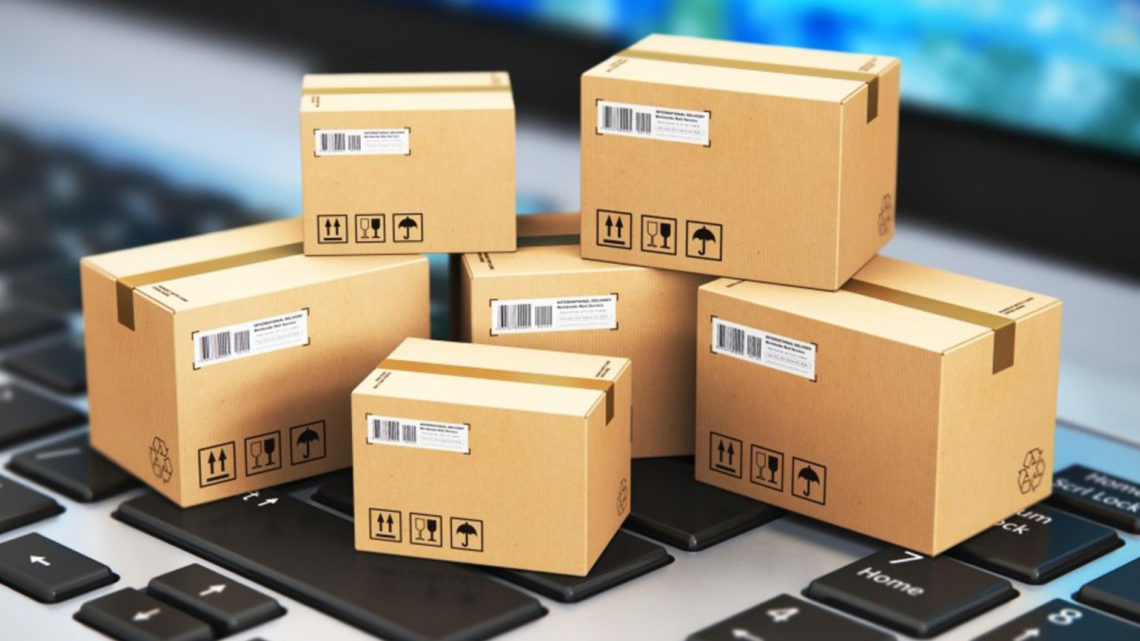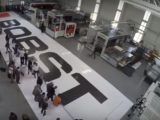
e-commerce and boxes – a perfect match?
October 10, 2018Not one week passes where we are not exposed to news about e-commerce developments. In 2017, an estimated 1.66 billion people worldwide purchased goods online and the trend is accelerating and expanding into new goods which till now mainly relied on traditional retail – e.g. frozen food and home decoration.
During 2017, global e-retail sales amounted to $2.3 trillion and projections show a growth of up to $4.48 trillion by 2021 (1). e-commerce market share in 2018, as a percentage of all retail sales, is expected to increase to 11.9% — up from 3.5% a decade ago (2).
Some say that it may not be too long until e-commerce is the default shopping method for the majority of people. For those in the corrugated industry, the changes are simply good news.
Is e-commerce and boxes a perfect match and what will it take for the corrugated industry to enjoy further growth? To cover this topic we asked Emilio Corti, Head of BOBST Sales, Business Unit Sheet-Fed his opinion and recommendations to packaging converters.
When you refer to e-commerce, the first words that come to mind are convenience and speed. What does it means for the corrugated industry?
The production of boxes for e-commerce channels is facing three main challenges. First, this is about being able to deliver boxes to the e-retailers quickly – they will never wait to pack and ship. The producers who can’t cope with fast running speeds will not be seen as reliable partners for e-commerce. Second challenge is about quality. The packaging for e-commerce must be strong. Many boxes travel long distances and change hands before they arrive in the consumer’s mailbox or on their doorstep. Quality control across the production line is a must to avoid defects and customer complaints. Last, the demand for boxes is changing quickly and is not easy to forecast. e-retailing is requiring a larger range of box format and types. This means that your production line must be flexible and modular to react to an on-going changing demand.

